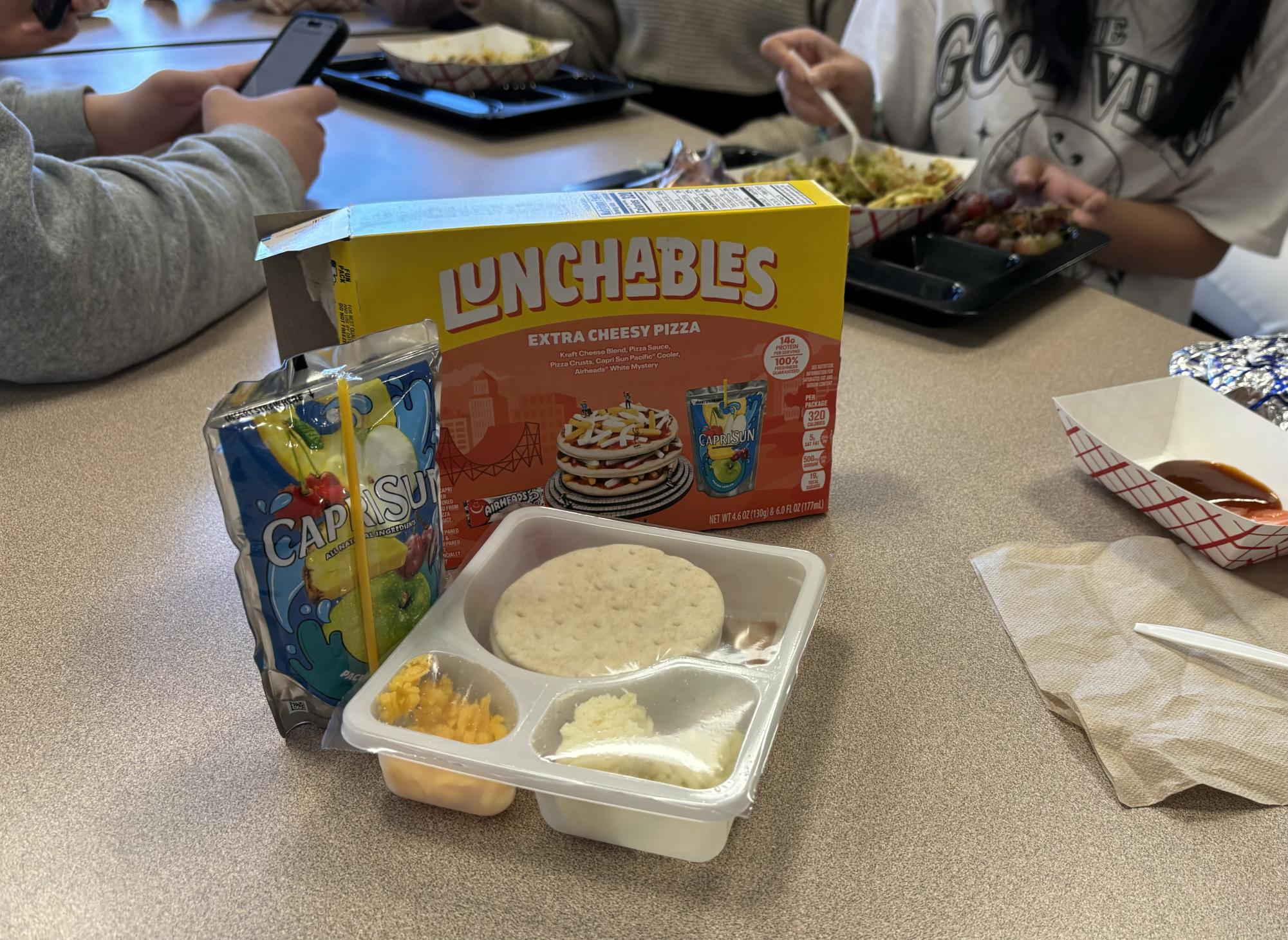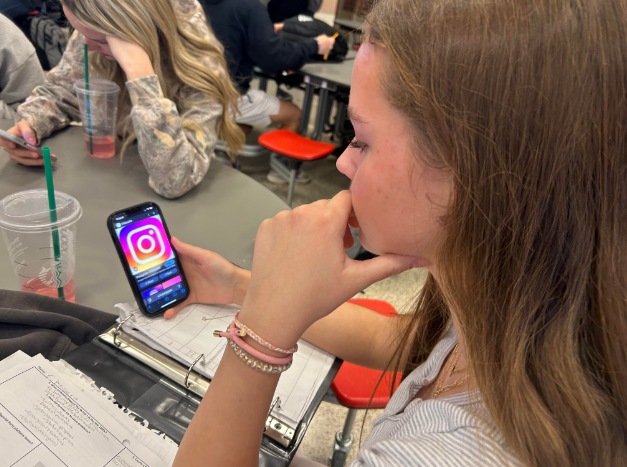Walking into school on the field trip day, a paper bag in one hand with a yellow-packaged Lunchable gently placed at the bottom and a small character water bottle in the other. They were the queen bee. For many, Lunchables were a large part of their childhood. The packaged food gave many options different from their everyday PB&J’s.
The lunchroom staff explored the possibility of introducing a childhood favorite food, Lunchables, as an option for lunches in the future. Lunchables were ultimately disregarded due to the unhealthy nature of the processed foods it contains. Nutrition Services, Manager Katie Evans acknowledged that the Lunchables would be a helpful addition to the “a la carte” in the cafeteria for the students in sports.
Lunchables were well known to not be strong in nutritional value, a common issue with all overly processed foods. The low numbers of fiber, fruits and other essential elements to a growing body creates a shortage of necessary nutrients in the diet. This was not much of a problem for students in High School, yet if this trend continued to the lower grades it could stunt student’s growth.
Students like junior Baotran Huynh acknowledged that Lunchables are a bad replacement for actual lunch, “It would feel a bit weird if that (Lunchables) replaced the actual lunches we had. I don’t know how much the nutritional value of Lunchables is.”
This was why school lunch officials were thinking about adding Lunchables to the smart snacks or a la carte instead of as a full-on replacement.
The Nutrition Services have reason to deny the Lunchables proposal. There have been many studies showing the impact highly processed foods such as Lunchables have on anybody, growing or not. These foods have been shown to be linked with fatigue, depression, and digestive problems.
Baotran showed her distress about her uncertainty about the processed nature of foods like Lunchables, “I don’t know what’s in the cheese, it looks like toxic waste. I don’t trust it, but I also love it.” Later she stated that she loved lunchables because of their link with her childhood.
As many may know, Lunchables are far more processed and much less nutritious than the lunches the school can provide. A few other schools have called upon the Lunchables brand to make a more ‘school friendly’ version of their product to allow their students to eat their favorite childhood food at school.
Evans, working in the cafeteria said that she “would much rather students grab fresh food,” than the students take the more processed and less nutritious options that they could be given.
If anything, the Lunchables would be added as an extra item to buy, as a Lunchable could not really replace a full meal. Most likely, with the snackier food choices given in the cafeteria, this would just be a simple other snack to grab, not changing much of the other lunch options.
Many students including junior, Marley Jagerson believe that there would not be much of a lasting impact on the overall lunchroom if Lunchables were to be introduced. As people may get tired of them and eventually return to their original lunches.
Late this Fall, Kraft Heinz, the creator of Lunchables, created a Lunchable especially made for schools that will only be available in schools. So eventually, school lunches just might come packaged.









